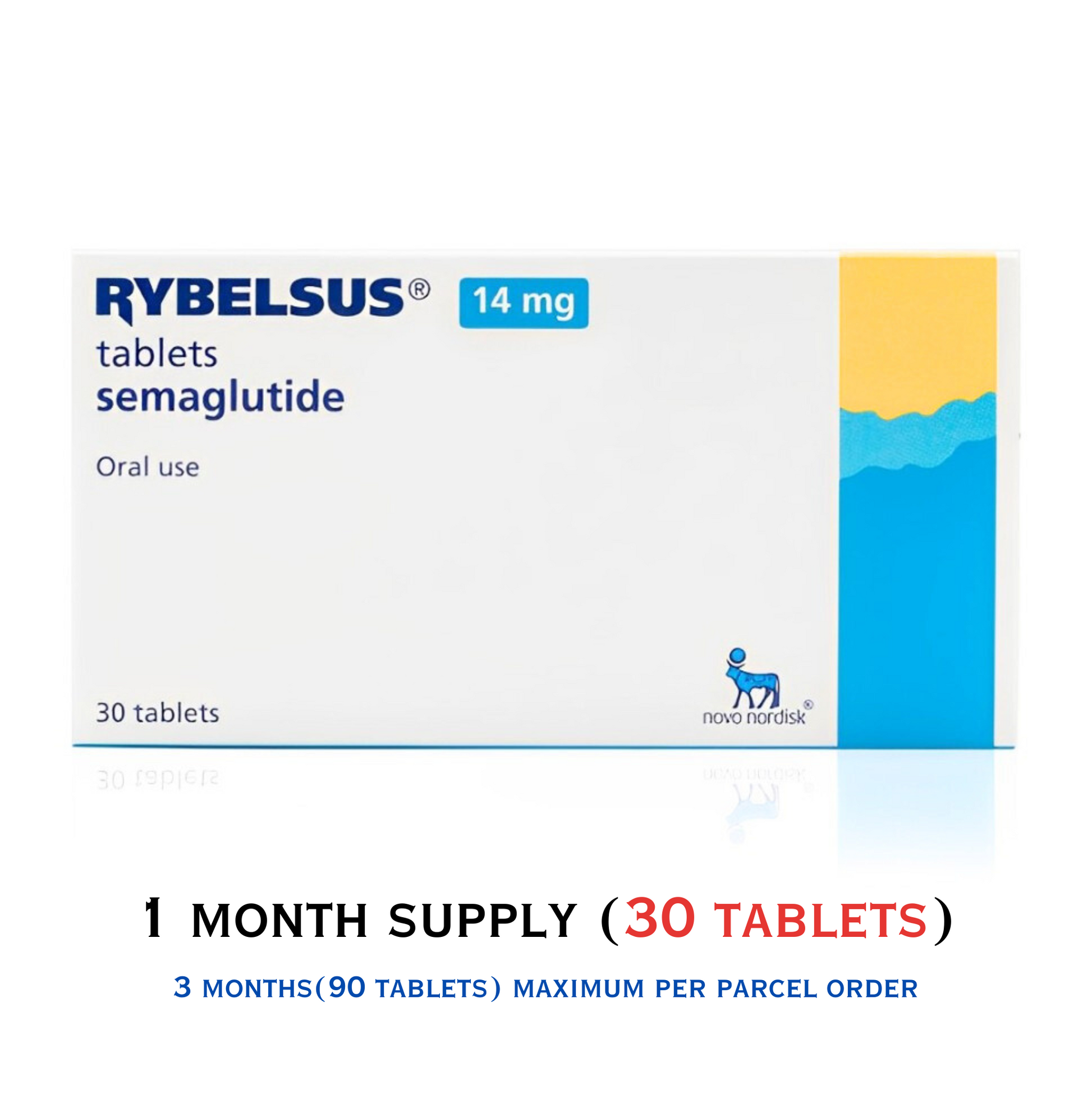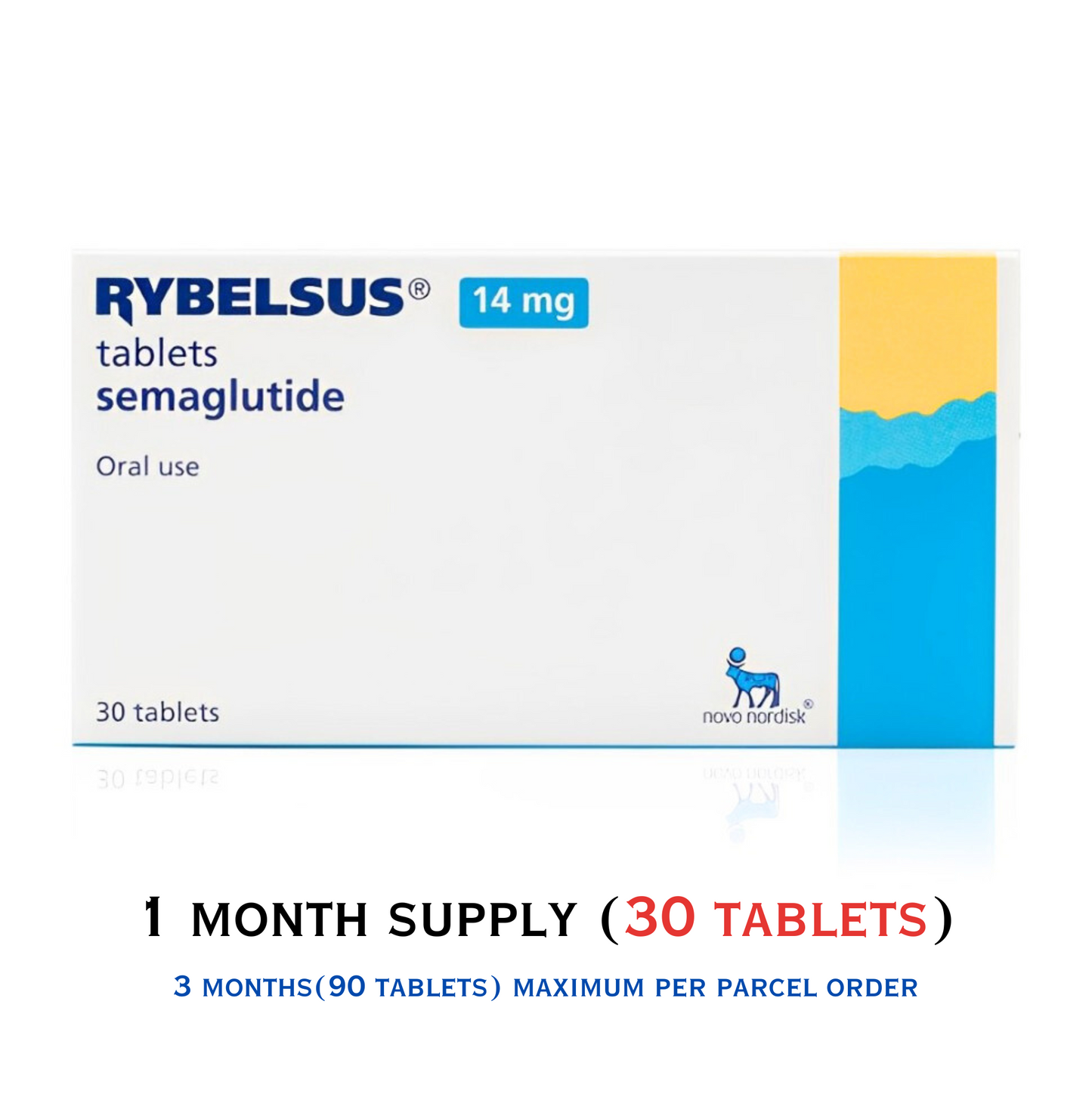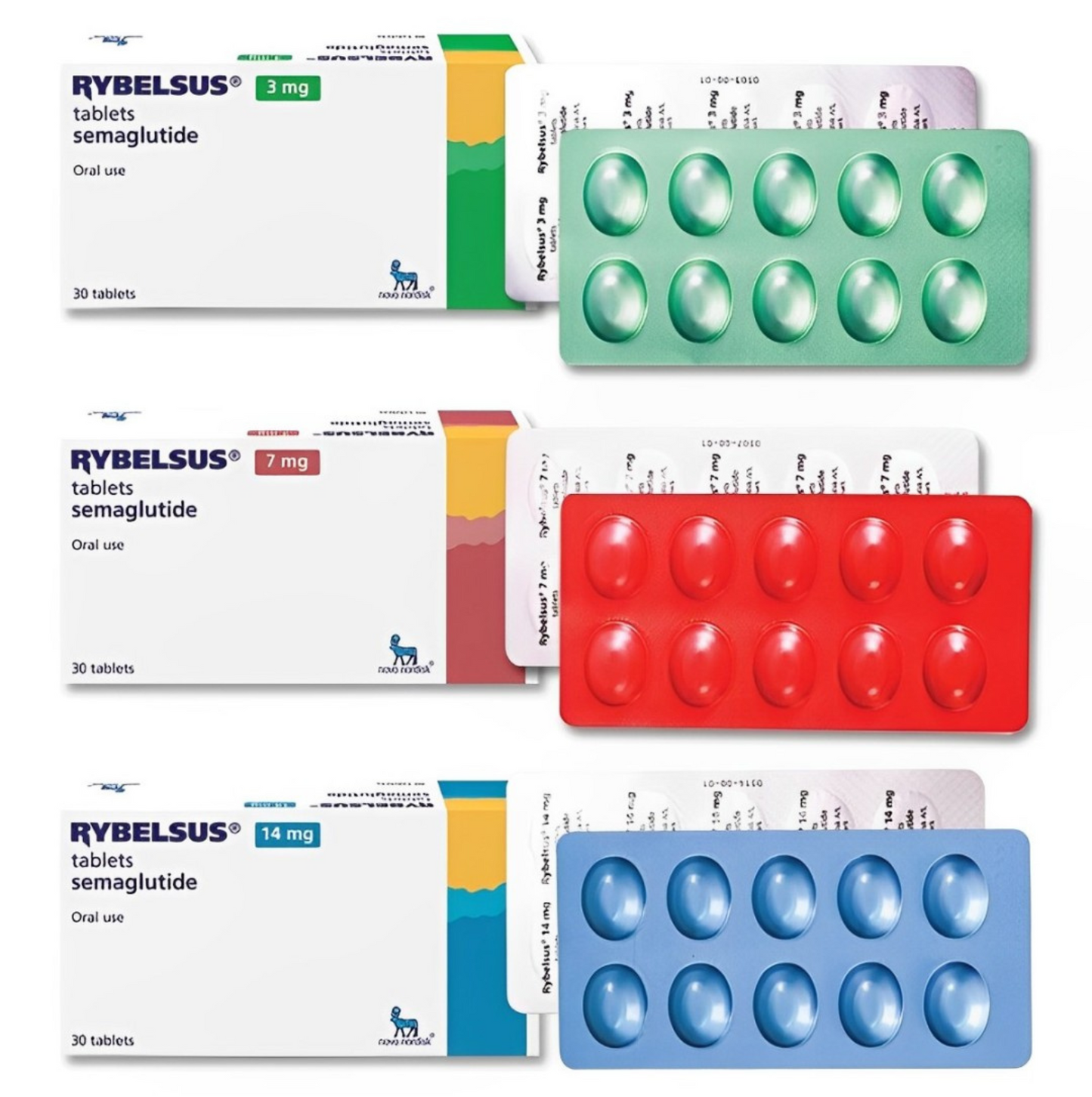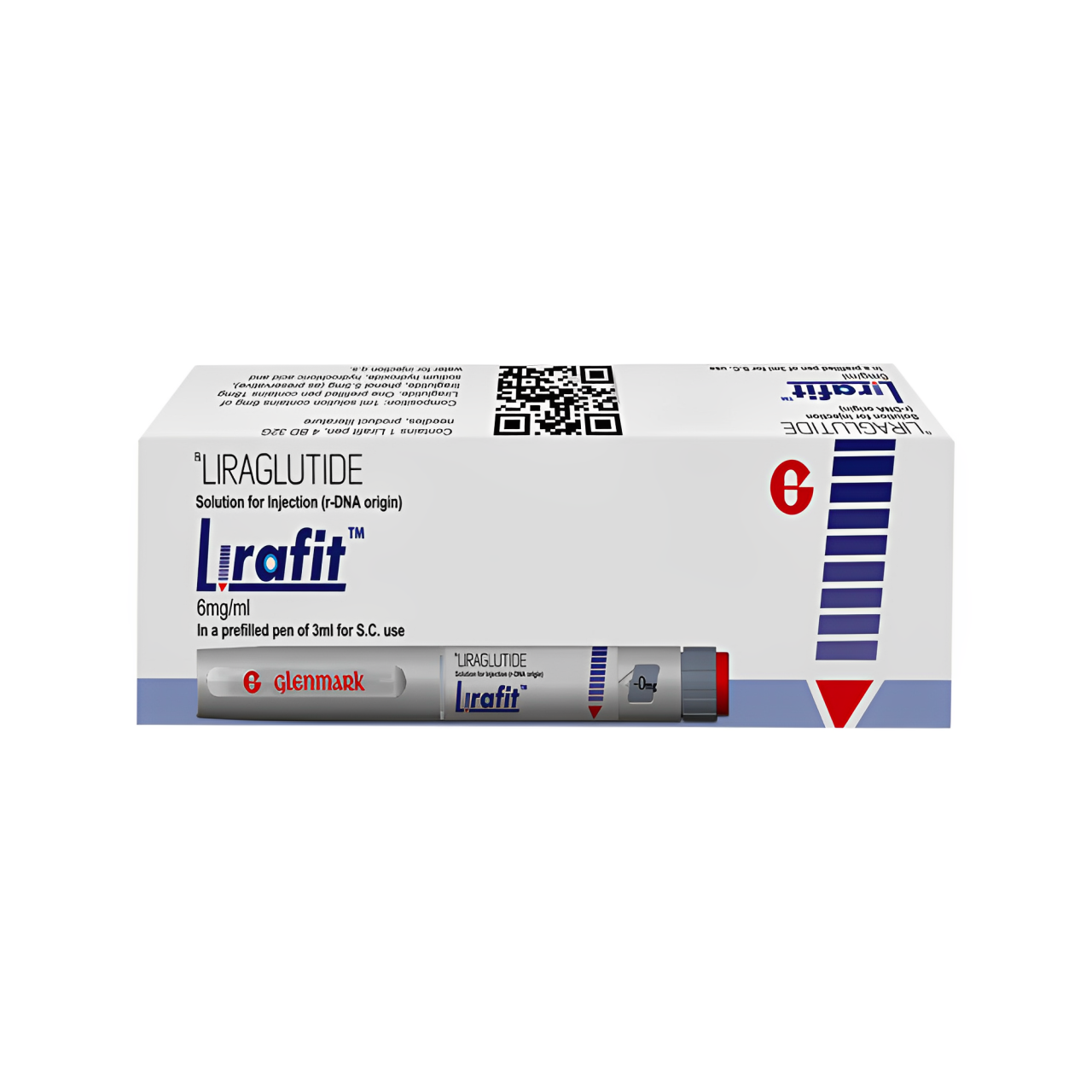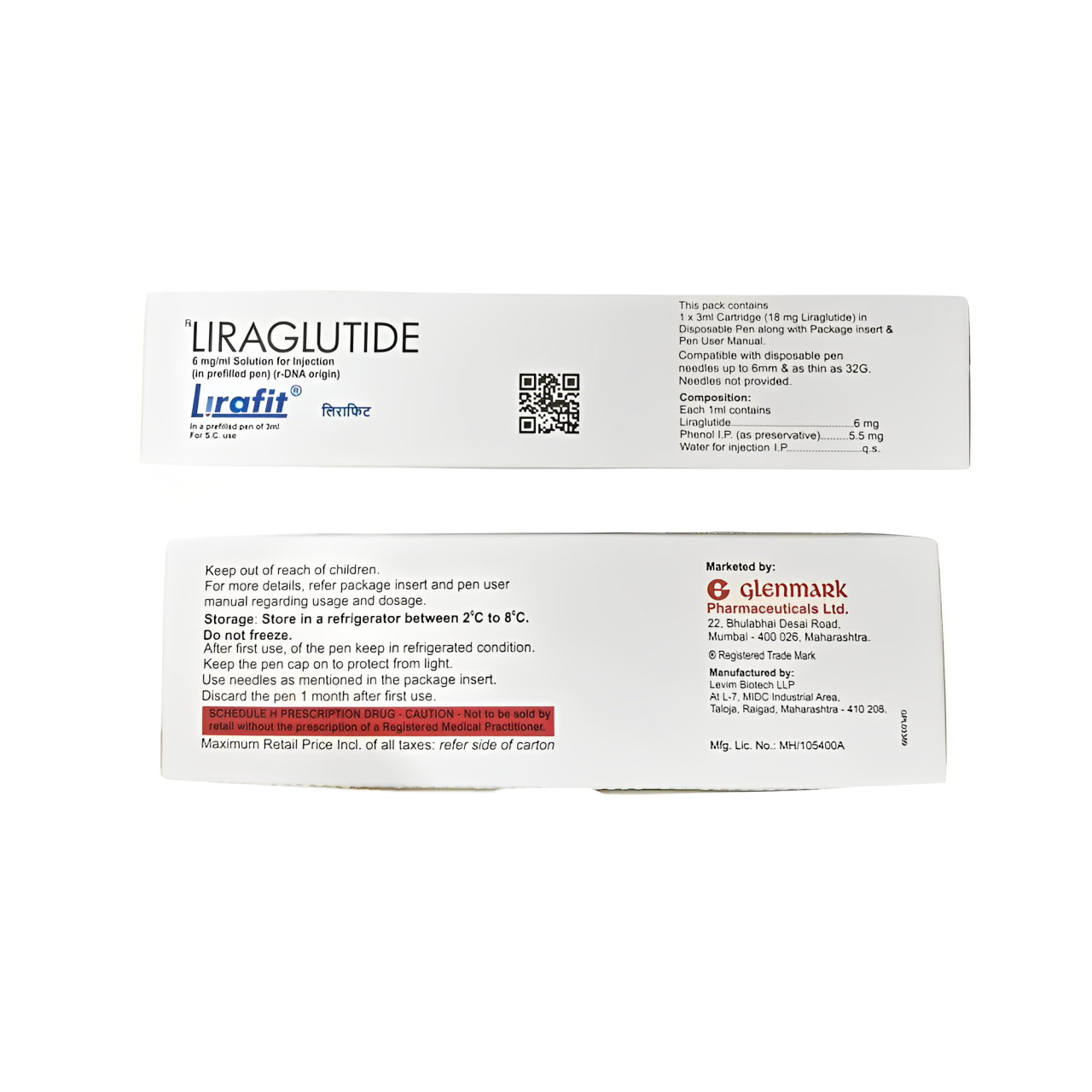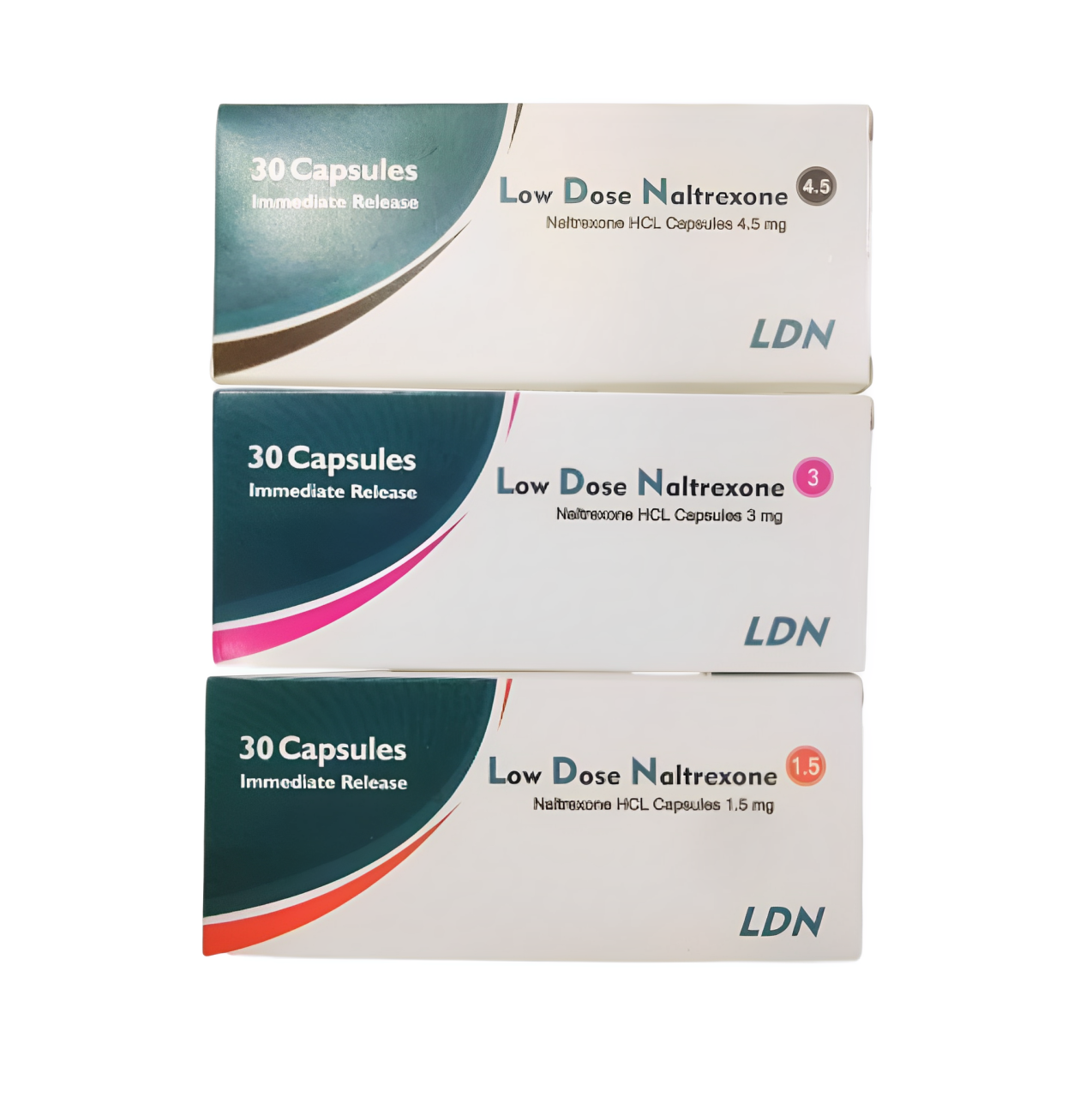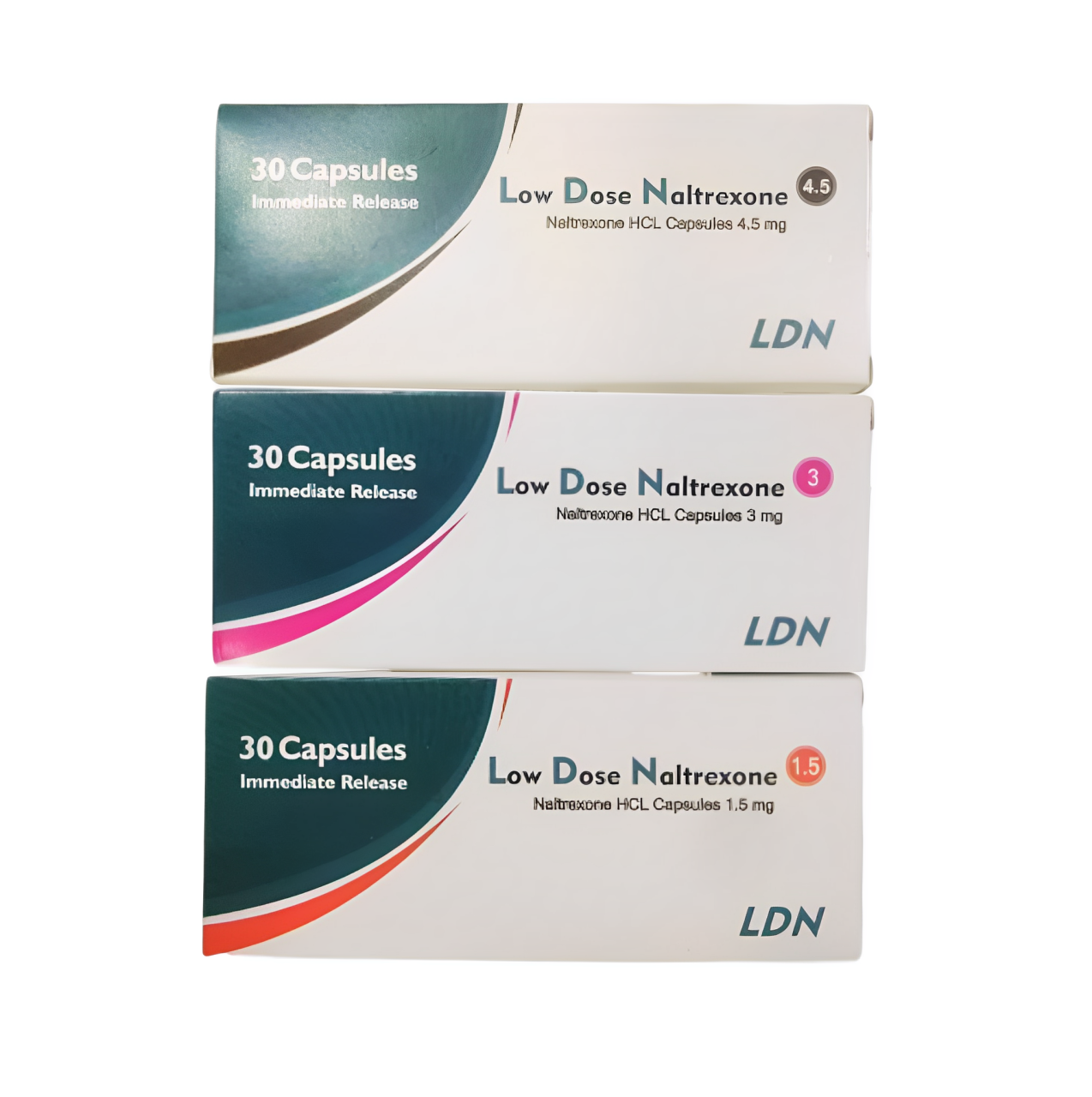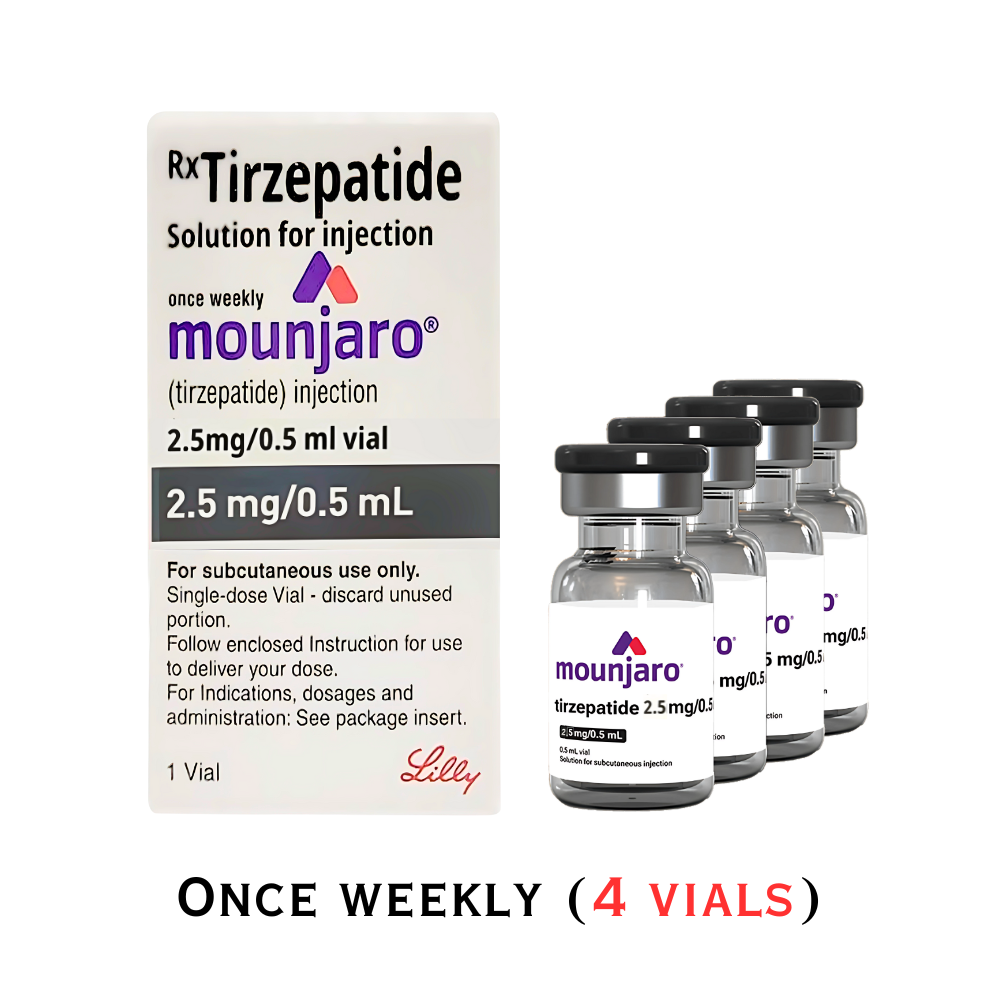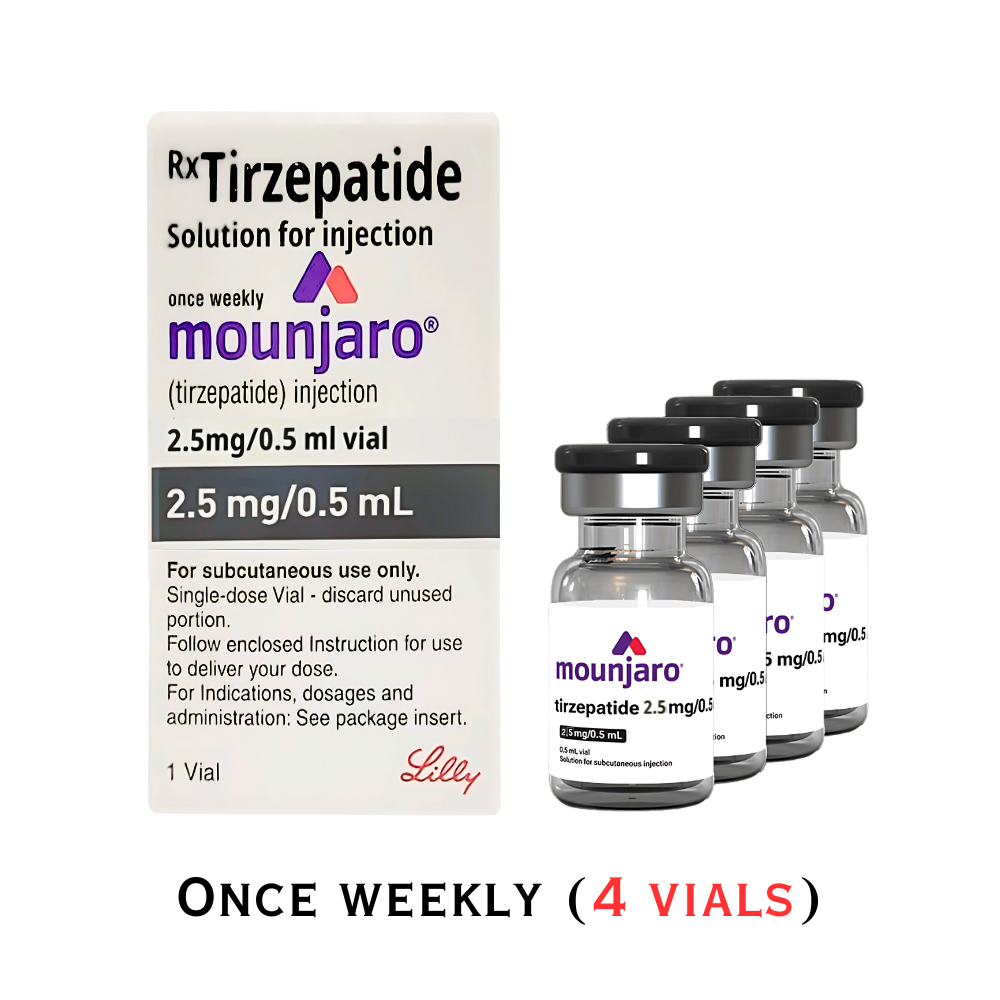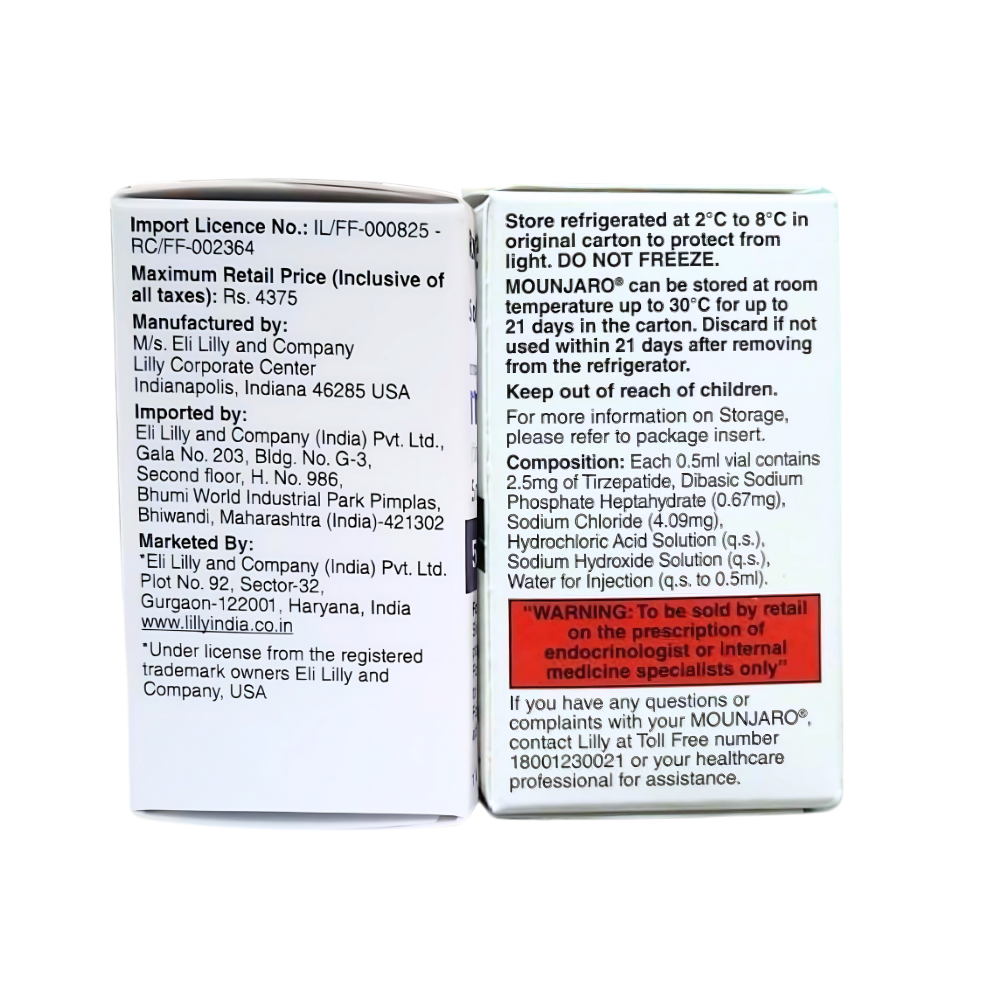These drugs are among the most widely prescribed therapies for both conditions, offering groundbreaking approaches to managing blood sugar and promoting weight loss. Each of these medications was discovered through rigorous scientific research, a deep understanding of human physiology, and technological innovation.
Liraglutide: The Pioneer of GLP-1 Agonists (Victoza, Saxenda)
The story of liraglutide begins in the early 2000s, as researchers sought ways to mimic the effects of the glucagon-like peptide-1 (GLP-1) hormone, which plays a crucial role in regulating blood sugar levels, insulin secretion, and appetite. GLP-1 is naturally produced in the intestines in response to food intake, and it helps stimulate insulin release and suppress glucagon, lowering blood sugar. However, in type 2 diabetes, the body’s GLP-1 function is impaired.
The discovery of liraglutide stems from the recognition that GLP-1 receptor agonists could mimic the action of this naturally occurring hormone to improve blood sugar control. Researchers at Novo Nordisk, a leading pharmaceutical company, developed liraglutide as a synthetic version of GLP-1, but with modifications that extended its half-life, allowing it to be administered once a day. The Victoza brand of liraglutide was approved in 2010 for the treatment of type 2 diabetes, and later, a higher dose formulation was developed and marketed under the brand Saxenda for weight management.
Liraglutide was the first GLP-1 receptor agonist to receive approval and it set the stage for the development of subsequent drugs in this class. The development process involved detailed studies of GLP-1’s physiological roles and the synthesis of longer-acting molecules to ensure consistent efficacy in controlling both blood glucose and appetite.
Efficacy and Human Trials:
Liraglutide has a well-established track record in both diabetes and obesity treatment. In the LEAD trials, liraglutide demonstrated a 1.0-1.5% reduction in HbA1c in patients with type 2 diabetes. Additionally, liraglutide has been shown to produce significant weight loss in patients with obesity, with the SCALE trials reporting a 5-10% reduction in body weight with liraglutide 3 mg in obese patients.
While liraglutide is effective for glycemic control and weight loss, its overall weight reduction results are generally less pronounced than those of semaglutide or tirzepatide. However, liraglutide remains an excellent option for patients seeking a daily treatment option.
Safety Profile:
Liraglutide shares many of the same side effects as semaglutide, including gastrointestinal issues like nausea and vomiting. It also carries a boxed warning for potential thyroid tumors, similar to other GLP-1 receptor agonists. Liraglutide has been shown to have a favorable safety profile in long-term studies, with the most common adverse effects being mild and transient in nature.
Semaglutide: The Evolution of GLP-1 Agonism (Ozempic, Wegovy, Rybelsus)
Building on the success of liraglutide, semaglutide was developed by Novo Nordisk as an improved version of the GLP-1 receptor agonist. The main challenge with liraglutide was its relatively short half-life, which required daily injections for effective glycemic control. Semaglutide was designed with structural modifications that extended its half-life, making it suitable for once-weekly dosing.
Semaglutide's development was driven by the need for more patient-friendly treatment options. Researchers at Novo Nordisk focused on modifying the GLP-1 structure to improve its stability and potency. The result was semaglutide, a long-acting GLP-1 receptor agonist that was approved by the FDA in 2017 for the treatment of type 2 diabetes under the brand name Ozempic. Semaglutide was later approved in a higher dose for the treatment of obesity under the brand name Wegovy in 2021.
Efficacy and Human Trials:
Semaglutide has demonstrated significant weight loss and improved blood glucose control in large-scale trials. The STEP trials, which evaluated semaglutide in patients with obesity, showed a 14-17% reduction in body weight in participants who received semaglutide 2.4 mg weekly for 68 weeks. This weight loss is among the highest observed with anti-obesity treatments.
In type 2 diabetes management, the SUSTAIN trials revealed that semaglutide reduced HbA1c levels by an average of 1.5-1.8%, making it one of the most effective GLP-1 receptor agonists available for this indication. that activating multiple pathways can lead to more effective outcomes. Tirzepatide was tested in multiple clinical trials, with results showing impressive reductions in HbA1c levels and substantial weight loss. It has been shown to be superior to both semaglutide and liraglutide in terms of both glycemic control and weight reduction.
Tirzepatide: A Latest FDA approved in Diabetes and Obesity Treatment (Zepbound, Mounjaro)
Tirzepatide represents an even more advanced evolution of the GLP-1 agonist class. Discovered by Eli Lilly, tirzepatide is a dual agonist that targets both GLP-1 and GIP (gastric inhibitory polypeptide) receptors. GIP, like GLP-1, is involved in regulating insulin secretion, but it has been less studied in the context of diabetes treatment. Researchers recognized that activating both GLP-1 and GIP receptors could have a synergistic effect on glucose control and weight loss.
The development of tirzepatide was grounded in the concept of multireceptor agonism—the ideae results in both diabetes and weight loss trials. In the SURPASS clinical trial series, tirzepatide was shown to reduce HbA1c by 1.5-2.4%, with greater improvements than semaglutide in some trials. The SURPASS-2 trial, for example, compared tirzepatide to semaglutide and demonstrated that tirzepatide produced a greater reduction in HbA1c and a larger reduction in body weight.
Efficacy and Human Trials:
Tirzepatide has shown remarkable results in both diabetes and weight loss trials. In the SURPASS clinical trial series, tirzepatide was shown to reduce HbA1c by 1.5-2.4%, with greater improvements than semaglutide in some trials. The SURPASS-2 trial, for example, compared tirzepatide to semaglutide and demonstrated that tirzepatide produced a greater reduction in HbA1c and a larger reduction in body weight.
Regarding weight loss, tirzepatide has shown substantial results, with patients losing an average of 15-20% of their body weight when dosed with the highest 15 mg dose in the SURMOUNT studies. This makes it one of the most effective drugs for weight management in clinical practice.
Safety Profile:
Tirzepatide shares many safety concerns with semaglutide, including nausea, vomiting, and diarrhea. The overall incidence of these side effects is similar to those seen with semaglutide, though some studies suggest tirzepatide may cause more gastrointestinal symptoms. Long-term safety data for tirzepatide is still emerging, but early results from the SURPASS and SURMOUNT studies have not raised concerns beyond those typically associated with GLP-1 receptor agonists.
Approved by the FDA in 2022 for the treatment of type 2 diabetes under the brand name Mounjaro, tirzepatide has been hailed as a major breakthrough in the treatment of diabetes and obesity. Its discovery represents the culmination of decades of research into the complex systems of insulin regulation and metabolic control.
Retatrutide: The Next Best in Obesity and Diabetes Treatment
Retatrutide is the newest and most experimental drug in this class. Currently undergoing clinical trials, retatrutide is a triple receptor agonist designed to target GLP-1, GIP, and glucagon receptors. The goal of combining these three receptor pathways is to achieve greater weight loss and improved glycemic control than current dual or single-receptor agonists.
The rationale behind retatrutide’s development is to build upon the success of tirzepatide by adding a third target receptor, the glucagon receptor, which plays a role in regulating fat metabolism and energy expenditure. Early-phase trials have shown promising results, with patients experiencing substantial reductions in body weight (up to 24%) and improvements in blood glucose levels. This makes retatrutide one of the most exciting new drugs in the metabolic disorder treatment landscape.
Retatrutide’s discovery marks a new frontier in the treatment of obesity and diabetes. While it is still undergoing testing, the preliminary results are fueling high expectations for its future approval and widespread use.
Efficacy and Human Trials:
Although retatrutide is still in early-stage clinical trials, preliminary results have shown promising outcomes. In phase 1 and 2 trials, retatrutide produced impressive weight loss results. In a study of patients with obesity, retatrutide 15 mg resulted in an average body weight loss of 20-24%, surpassing tirzepatide in efficacy. Its ability to target three receptors could provide additional benefits for patients, particularly those with severe obesity or insulin resistance.
Early evidence suggests retatrutide may also be more potent in improving glycemic control compared to current GLP-1 agonists, although further large-scale trials are needed to confirm this.
Safety Profile:
As retatrutide is still undergoing trials, its long-term safety data is not yet available. However, since it shares many pharmacological similarities with tirzepatide and semaglutide, it is likely to have a similar safety profile. As with other GLP-1 receptor agonists, common side effects include gastrointestinal disturbances such as nausea and vomiting.
Conclusion: Discovering what works best for you with each medication is still a process of trial and error.
The development of semaglutide, tirzepatide, liraglutide, and retatrutide represents the culmination of decades of scientific discovery, technological innovation, and collaboration among pharmaceutical companies, academic institutions, and clinical researchers. These medications were developed through a deep understanding of the GLP-1 system, as well as other metabolic pathways like GIP and glucagon, which all work in concert to regulate insulin, blood sugar, and appetite.
The ongoing clinical research and trials will only enhance our understanding of these medications, and perhaps open doors to more personalized treatments for patients battling type 2 diabetes and obesity. The GLP-1 treatment is not suitable and should not be used for Type 1 Diabetes.




